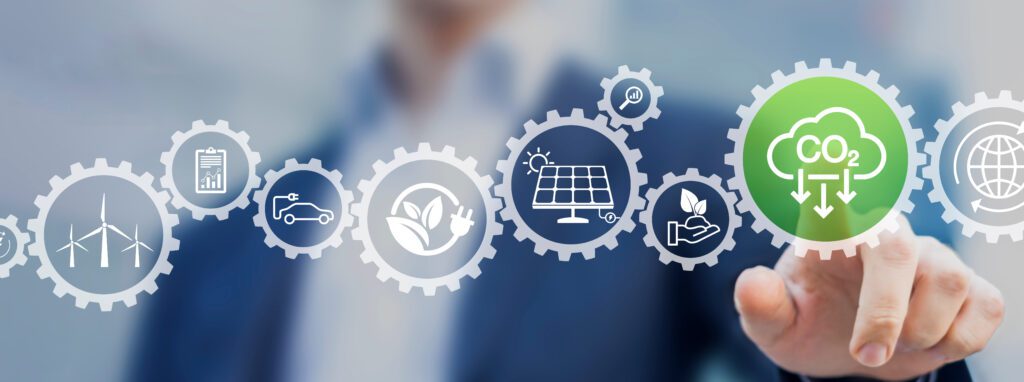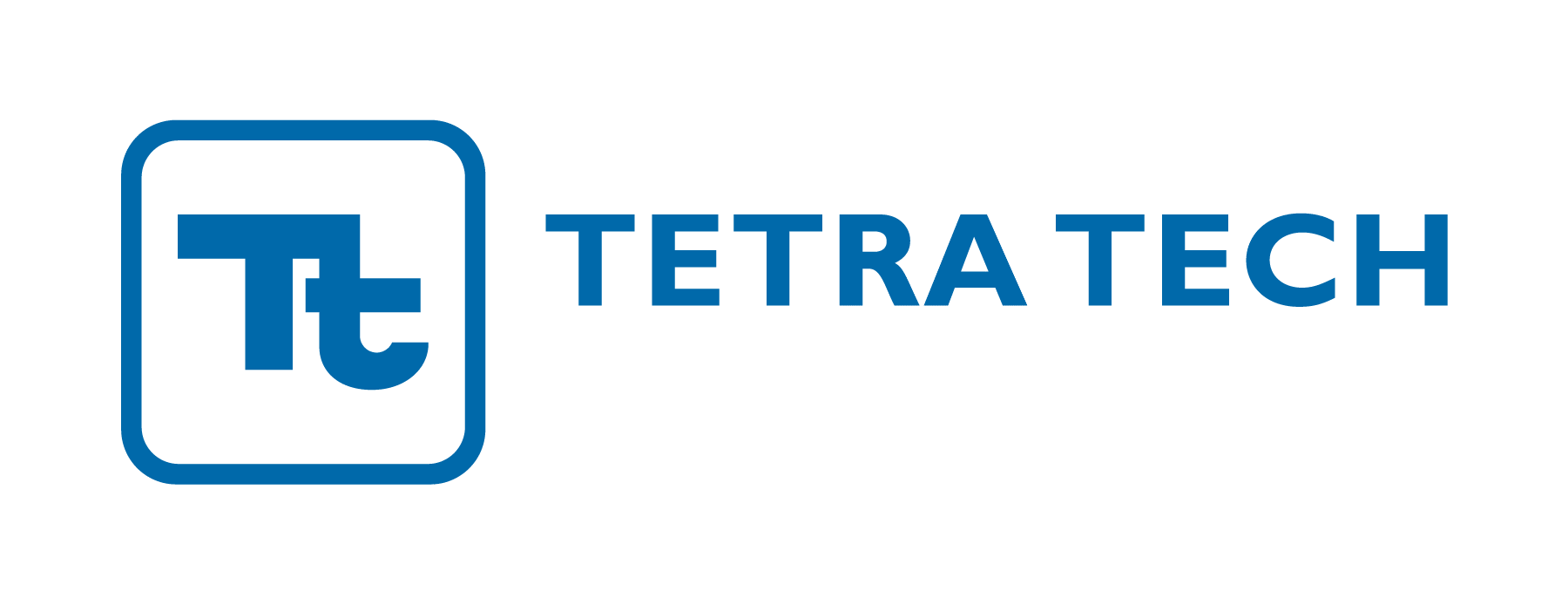CBAM Reporting for Non-EU Exporters
On October 1, 2023, the European Union (EU) introduced a new regulation known as the Carbon Border Adjustment Mechanism (CBAM), aiming to put a fair price on the carbon emitted during the production of carbon-intensive goods entering the EU. This regulation is part of the EU’s efforts to combat climate change and encourage cleaner industrial production globally. CBAM is currently in a transitional period and is slated for total enforcement by January 2026. However, quarterly reporting periods for importers have already begun, starting on January 31, 2024.
While CBAM is an EU law, it impacts companies worldwide. Non-EU exporters must adapt to EU regulations to keep their products on the EU market. Even if you do not export directly into the EU, you may now be asked to support your EU customers by providing data on the carbon embedded in your products, similar to how non-EU companies support REACH, IMDS, RoHS, and Conflict Minerals requirements.
From January 1, 2026, only authorised CBAM declarants, that is, EU importers, will be permitted to import CBAM-covered goods. These EU importers will need to register with national authorities, disclose the emissions embedded in their imports, and annually surrender a corresponding number of CBAM certificates. The price of these certificates will be based on the weekly average auction price of EU ETS allowances.
CBAM is designed to ensure that the carbon price of imports is equivalent to the carbon price of domestic production. As such, if importers can prove that a carbon price has already been paid during the production of the imported goods, the corresponding amount can be deducted.
Identifying Which Goods Fall Under CBAM
The first phase of CBAM applies to specific sectors whose production is most at risk of carbon leakage, including cement, iron and steel, aluminum, fertilizers, hydrogen, and electricity. Once fully phased in, CBAM’s scope will expand to capture more than 50% of the emissions in ETS-covered sectors.
As a non-EU exporter, you may be asked by your EU customers to determine which goods produced or supplied by your installation fall under the scope of CBAM and to provide embedded-emissions data. If you need assistance determining which of your products fall under the CBAM, contact our experts at [email protected]. We have years of experience in EU market reporting and can walk you through the process.
Reporting Tools for Non-EU Reporters
During the transitional period (October 2023 – December 2025), non-EU exporters are not required to submit CBAM reports. However, they play a critical role in helping their EU customers meet CBAM reporting requirements by providing verified data on the greenhouse gas (GHG) emissions embedded in their products.
As of January 1, 2025, CBAM reports must be prepared using the EU method, a standardized approach for calculating emissions that mirrors the EU Emissions Trading System (EU ETS) monitoring, reporting, and verification (MRV) rules. The EU method covers both direct emissions (from on-site fuel combustion and production processes) and indirect emissions (from electricity consumed during manufacturing).
While EU importers are the ones legally responsible for submitting these reports, non-EU exporters should align their data collection and calculations with the EU method to ensure their information can be used directly in CBAM submissions. Using other approaches, such as internal corporate carbon accounting or ISO-based methodologies, may require conversion or recalculation before the data is accepted.
To streamline this exchange, the European Commission has expanded access to the CBAM Registry, allowing non-EU installation operators to upload and share emissions data securely with their EU customers. This collaboration helps ensure accurate, consistent reporting ahead of CBAM’s full implementation in January 2026.
Get Support
CBAM is a significant development in global climate policy, with far-reaching implications for non-EU businesses. Understanding and complying with CBAM regulations is crucial for maintaining access to the EU market.
If you are new to EU exports or looking to improve the efficiency of your CBAM regulatory reporting, contact us today at [email protected]. Our team has years of proven experience in EU market reporting and can help you establish a robust reporting framework.






